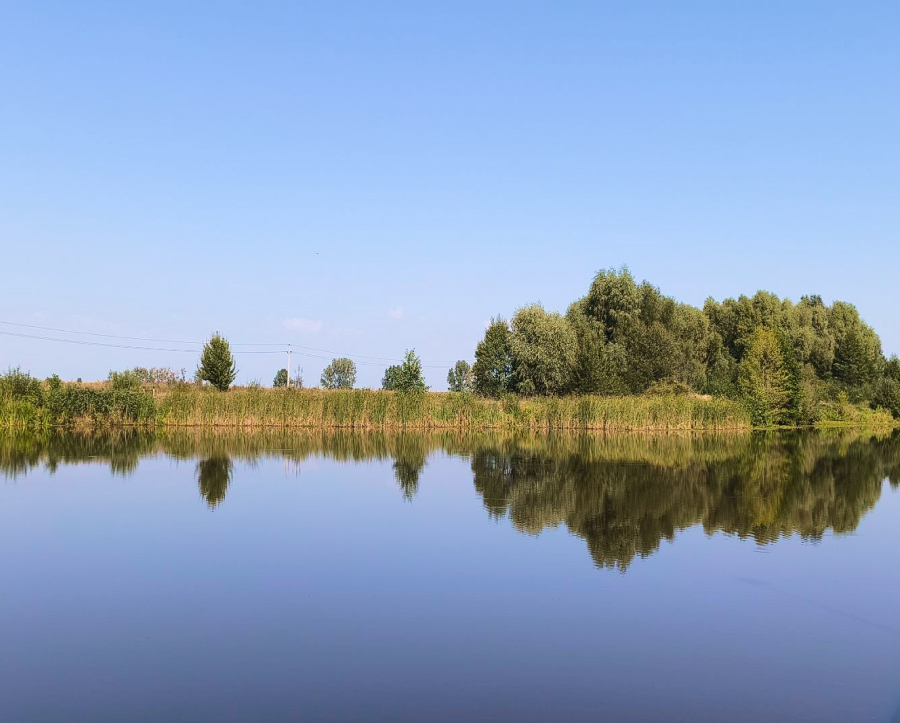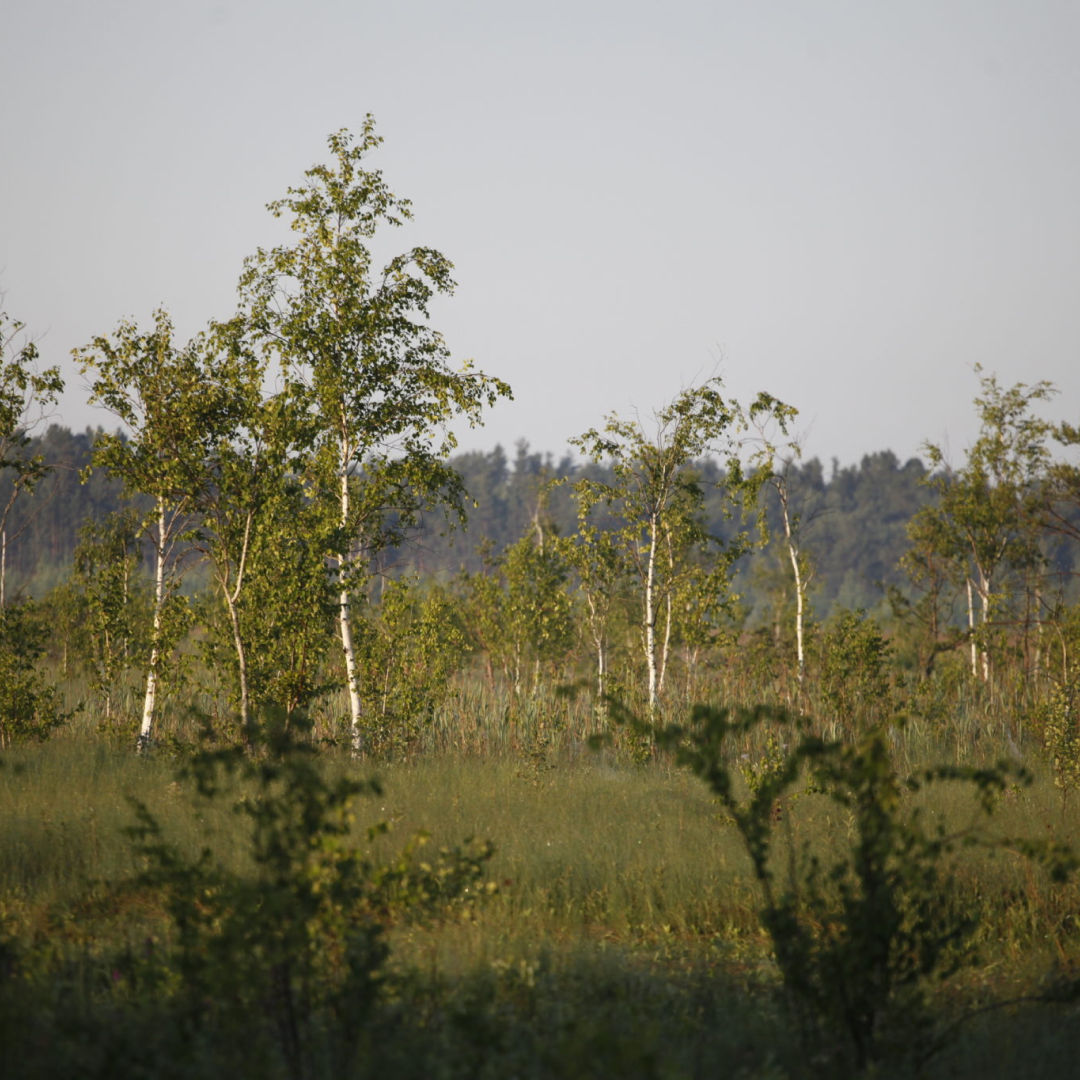Let's figure out why this award was given.
Stolin district is famous for two unique national reserves – “Middle Pripyat” and “Olmany swamps”. Both reserves have key status of Ramsar sites – ornithological territory, floodplain forests and the largest set of lowland swamps of international importance.
The nature reserve “Srednyaya Pripyat” includes such archaeological sites as ancient human sites, burial mounds and hillforts. The Mankovichi Park, the Church of St. George and the Church of the Nativity of John the Baptist are located nearby.

Here, familiar beavers and otters coexist with rare specimens in the country - the pond turtle and the common hyla.
The reserve operates ecological and tourist routes: eco-trails “Korobeynaya”, “Stolinshchina Reserve”, Ecological Trail “Bludnoe”, “Green Lungs of Europe”, “Polesie Robinsons”, and “Boar Trail”.
In the lowland swamps of "Middle Pripyat" there are more than 700 species of plants, 182 species of birds and about 40 species of mammals, almost 40 species of fish, a dozen amphibians and 6 species of reptiles.
Reserve “Olmany Swamps” is the largest swamp complex in Europe. It consists of lowland, transitional and raised swamps, represented by two of the largest ones – Krasnoe and Galo.
The floodplain forests and meadows are of particular value that require protection. Most of the territory is occupied by oak groves and black alder plantations. All types of meadows are present here – from “tundra” to “prairie”.

"Olmany Swamps" is a mythical place that belonged to the Radziwills for some time as a hunting ground, where the traditions and rituals of their ancestors are still observed. Legend says that three thousand years ago, a tribe of "Nevri" lived in this area, practicing witchcraft. Even the ancient Greek historian and geographer Herodotus believed that they could turn into wolves.
Ecological trail “Olmany Swamps” passes through the reserve, as well as routes for ornithologists and birdwatching amateurs. The waterways are rivers - the largest Stviga and the modest Lva, as well as lakes - Bolshoe Zasominnoe and Maloe Zasominnoe and more than 20 small water reservoirs. The flora and fauna include 687 species of plants, 192 species of animals, 22 species of birds and 6 species of insects.